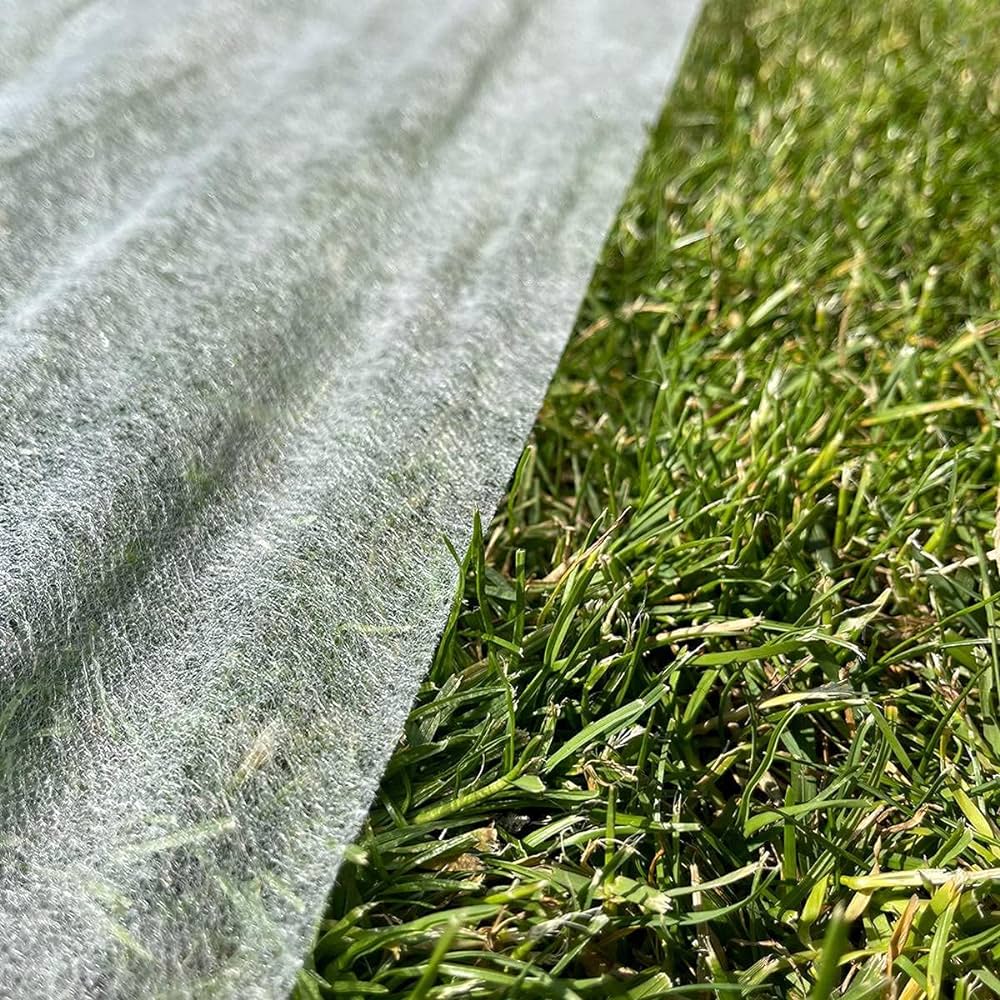If your lawn is looking tired, patchy, or weedy you might be wondering how to restore it to its former glory. Renovating a lawn is a process of improving the existing grass by removing thatch, adding new seed and applying fertiliser and top dressing. Renovating a lawn can be cheaper and easier than turfing which can also bring in weed seeds. In this blog post, we will show you how to renovate a lawn in six simple steps.
Step 1: Cut the grass short
The first step is to cut the grass as short as possible with a mower. This will make it easier to remove the thatch and weeds in the next step. Cutting the grass short will also stimulate new growth and allow more light and air to reach the soil. Make sure you collect and dispose of the grass clippings.

Step 2: Scarify the lawn
Scarifying is the process of raking or scraping the lawn to remove the thatch layer, which is the accumulation of dead grass, moss and other organic matter. Thatch can prevent water, air and nutrients from reaching the roots of the grass and also provide a habitat for pests and diseases. Scarifying will also help to remove some of the weeds and weed seeds from the lawn.
You can use your Allett with the Scarifier/Dethatcher cartridge to scarify your lawn or a stiff rake if you don't have this luxury- this will be hard work though! Start by scarifying in one direction then repeat at a 90 degree angle then again diagonally- you are looking to scarify in the shape of a union jack flag. Remove and dispose of the debris that you collect.

Step 3: Seed the lawn
Seeding the lawn will help to fill in any bare patches and improve the density and quality of the grass. You can choose a grass seed mix that suits your soil type, climate and usage. For example, if you have clay soil, you can use a mix that contains ryegrass and fescue. If you have sandy soil you can use a mix that contains bentgrass and fescue. If your lawn is covered in shade a lot than a shady mix will suit your lawn.
To seed the lawn you need to prepare the soil first. Use a fork or an aerator to make holes in the soil about 10 cm apart and 5 cm deep. This will improve the drainage and aeration of the soil and create space for the seeds to germinate. Then, spread the seeds evenly over the lawn using a spreader or by hand. Aim for about 25-35 grams of seed per square metre. Even better you can drill the seed into your lawn which is much more accurate and keeps the seed hidden away from birds and wind.

Step 4: Top dress the lawn
Top dressing is the process of applying a thin layer of material over the lawn to improve the soil structure, level out any bumps or hollows and protect the seeds from drying out or being eaten by birds. You can use a ready-made top dressing mix that contains sand, loam, and organic matter or make your own by mixing equal parts of sand, topsoil and compost. Compost alone will do a job.
To top dress the lawn you need to spread the material evenly over the lawn using a shovel, rake or even better still an Allett lawn lute. Aim for about 2.5-5 kg of top dressing per square metre. Then work the top dressing into the soil and around the grass plants- this will enable good seed to soil contact.

Step 5: Fertilise the lawn
Fertilising the lawn will provide essential nutrients for the grass to grow strong and healthy. You can use an organic or synthetic fertiliser that is suitable for lawns. Follow the instructions on the label for how much and how often to apply.
To fertilise your lawn, you need to apply the fertiliser evenly over the lawn using a spreader or by hand. Water your lawn thoroughly after fertilising to help dissolve and distribute the nutrients.

Step 6: Water and mow your lawn
The final step is to water and mow your lawn regularly to maintain its health and appearance. Water your lawn deeply but infrequently about once or twice a week depending on the weather. Avoid watering during midday when evaporation is high. Water your lawn early in the morning or late in the evening when it is cooler.
Mow your lawn when it reaches about 3 cm in height. Don’t cut more than one-third of the grass blade at a time as this can stress the grass and make it more susceptible to diseases. Keep your mower blades sharp and clean to avoid tearing or infecting the grass.




Leave a comment
This site is protected by hCaptcha and the hCaptcha Privacy Policy and Terms of Service apply.